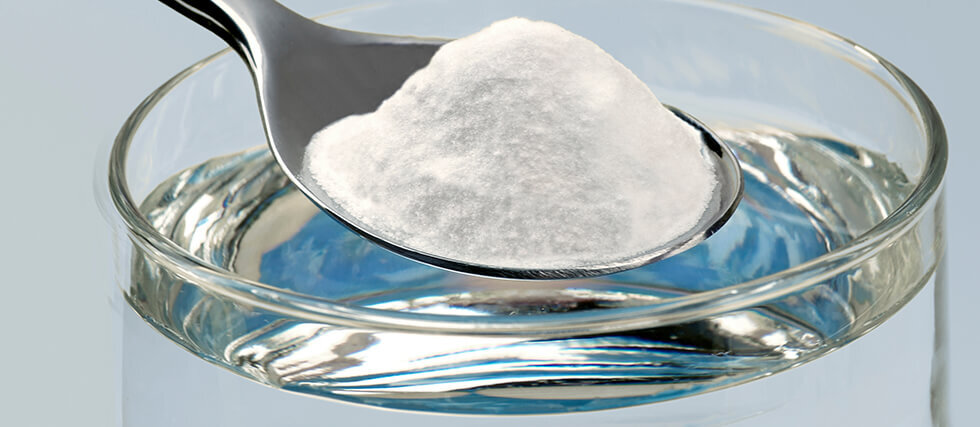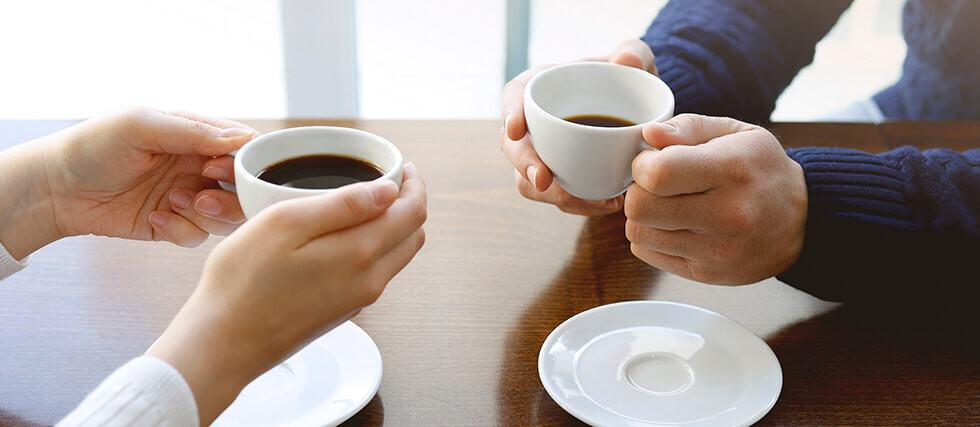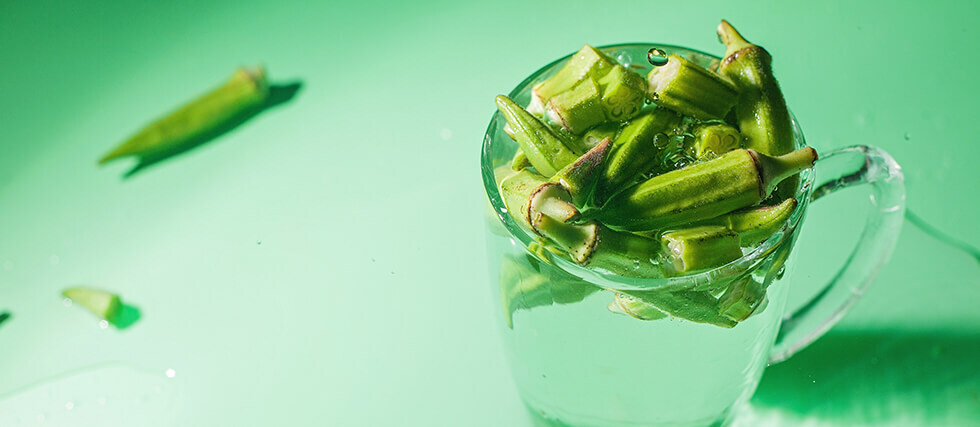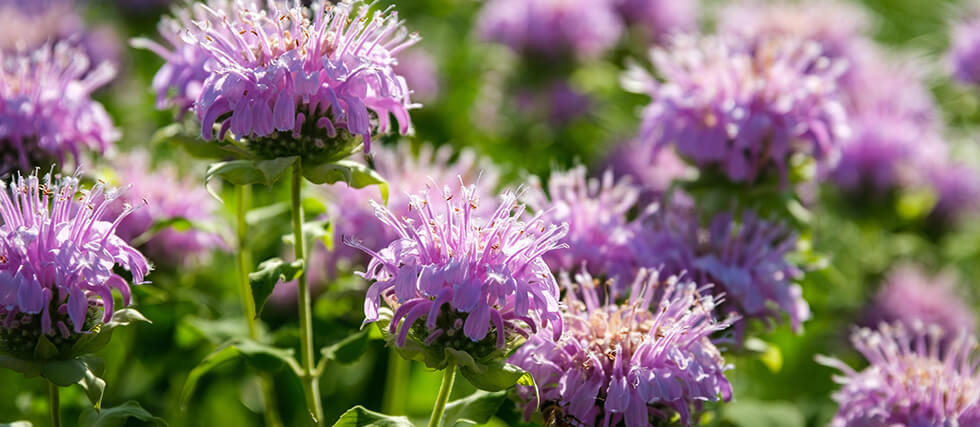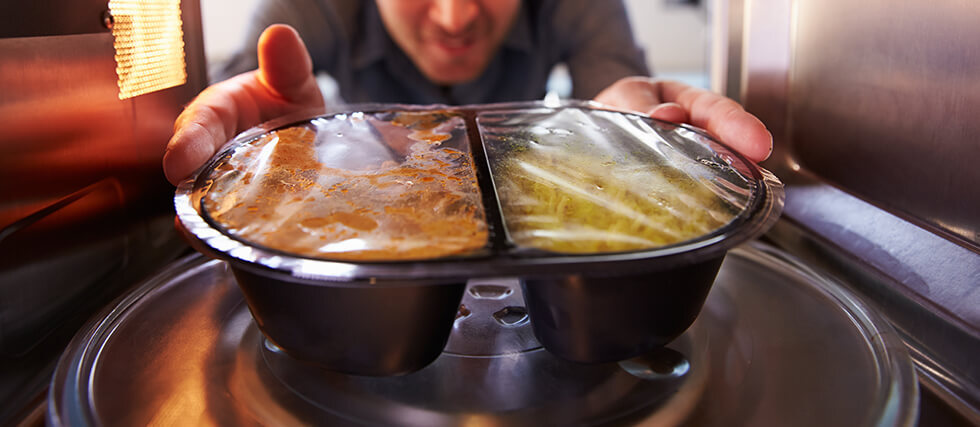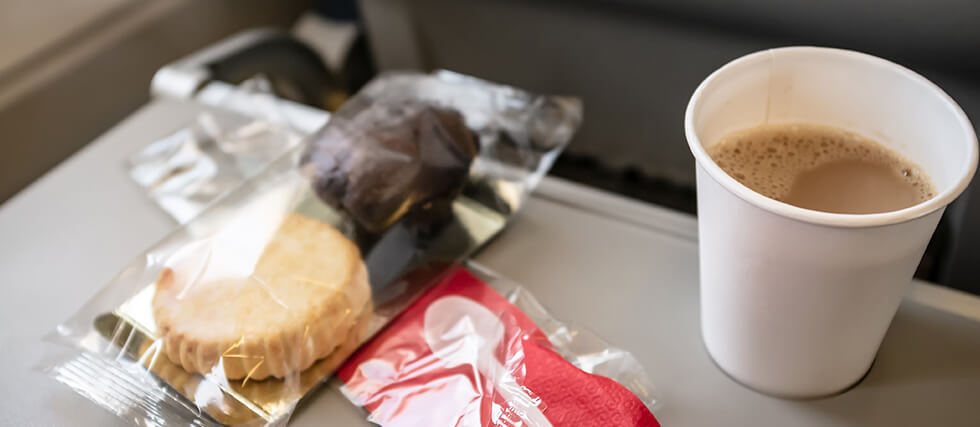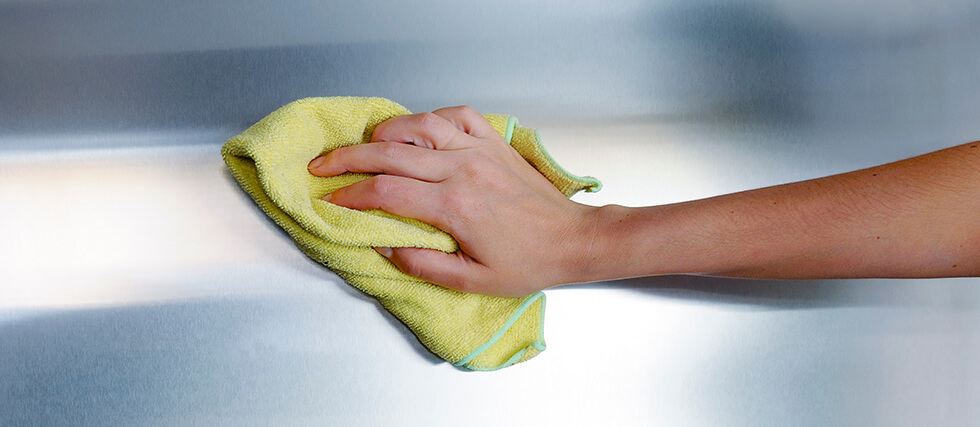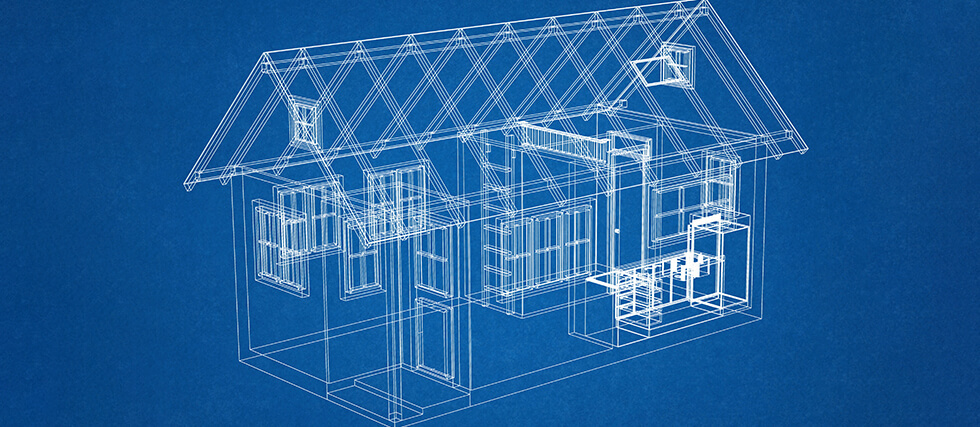Benefits of Drinking Warm Salt Water
Wellness influencers and natural health advocates are buzzing about a simple, ancient ritual: sipping warm salt water. It’s more than a TikTok trend—this salty sip may offer real benefits for hydration, digestion, and more. But what does science (and tradition) say about it?
According to Dr. Peter Bastian, a preventive medicine specialist, sodium plays a key role in hydration by helping water enter your cells. Think of it like a hydration helper, drawing water where it’s needed most. During exercise or hot, humid conditions, you lose both water and electrolytes—especially sodium—through sweat.
Adding a pinch of unrefined salt (like Himalayan pink or sea salt) to warm water helps replace those lost electrolytes and supports better fluid absorption than plain water alone.
But the benefits don’t stop there.
Drinking warm salt water, especially first thing in the morning, may also stimulate digestion by encouraging stomach acid production and bile flow—helping your gut prepare for food. Anecdotal evidence and Ayurvedic practices also suggest it may support detoxification, flushing out toxins and gently encouraging regular bowel movements. The warm temperature can further soothe the digestive tract and reduce bloating.
Salt water is also rich in trace minerals like magnesium and potassium, which can support nerve function and adrenal health and even improve sleep quality when consumed mindfully.
So if you’re feeling depleted, sluggish, or need a hydration reset—this simple, salty ritual might be worth a warm welcome.


